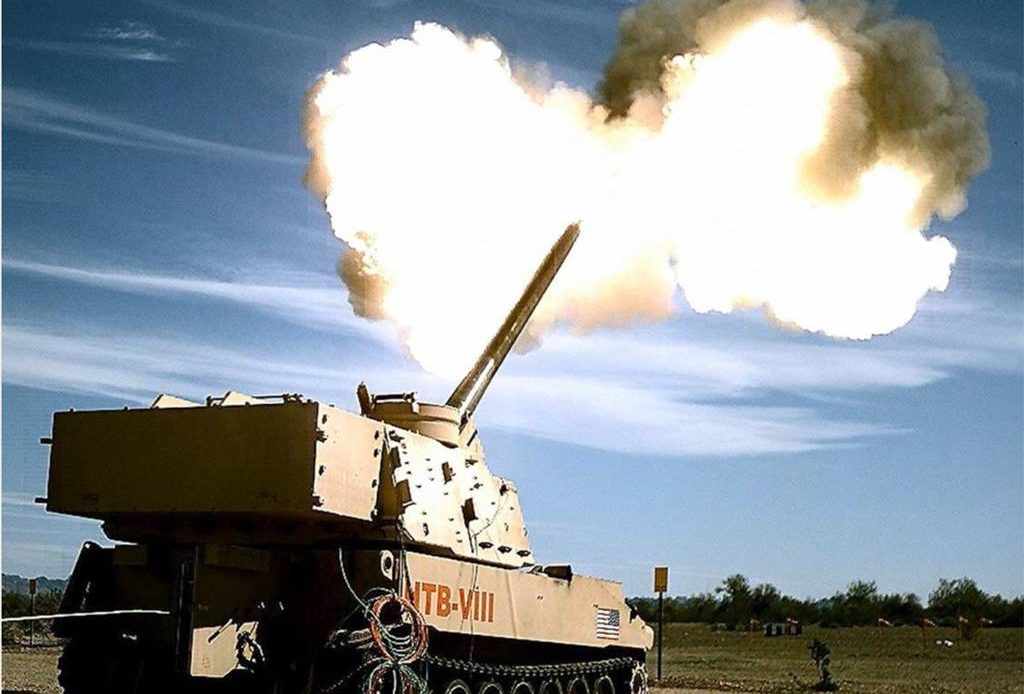
HUNTSVILLE, Ala. — The U.S. Army’s recently completed conventional fires study determined the service should focus on more autonomous artillery systems with greater range and improved mobility, the Army Futures Command chief said Wednesday.
Speaking at the Association of the U.S. Army’s Global Symposium here, Gen. James Rainey said the Army will achieve these improvements by incorporating robotics into systems, improving artillery rounds and pursuing readily available mobile howitzer options.
The service began working last year on a conventional fires study intended to lead to a new strategy. Rainey said at the time the review would consider the existing capability and capacity and future Army needs. It was also going to assess new technology to enhance conventional fires on the battlefield, such as advances in propellant that make it possible for midrange cannons to shoot as far as longer-range systems.
The study has already influenced one program. The Army, after also conducting a prototyping effort for an Extended Range Cannon Artillery system, concluded the platform was not the right approach.
The service plans to focus instead on extending the range of current artillery systems with innovative munitions still under development as part of the ERCA program, Rainey said.
“We are in a resource constrained environment,” he added. “You can go after an exquisite system or you can take a more holistic approach.”
The Army was able to conduct a variety of successful tests with ERCA prototypes, including hitting a target 70 kilometers, or 43 miles, away at Yuma Proving Ground, Arizona, in December 2020 using an Excalibur extended-range guided artillery shell.
The problems with the cannon were mostly related to the length of the gun tube and its ability to withstand a large number of projectiles without excessive wear.
The Army is planning to deliver a better armored howitzer, Rainey said. “There are some great capabilities out there.”
However, towed howitzers may not have a clear future with the Army, he said, adding “the future is not bright for towed artillery.”
Rainey said he’s “very interested in autonomous and robotic cannon solutions” for joint forcible entry formations like the 82nd and 101st airborne divisions.
The Army is pursuing mobile, indirect fires capabilities for light infantry and Stryker formations as well, he noted.
Author: Jen Judson
Source: DefenseNews



